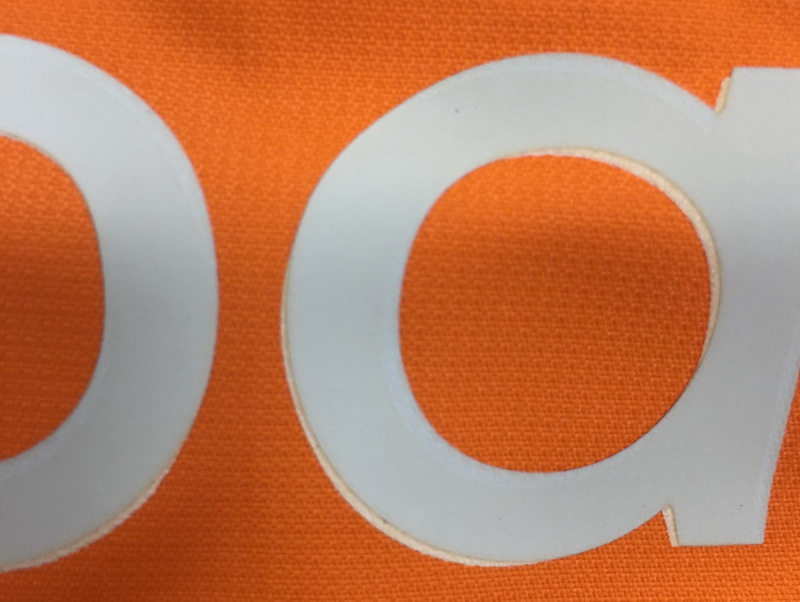Drabužių spaudiniai Apžiūra
Drabužių raštai, žinomas kaip tiesioginis drabužių spausdinimas, yra drabužių spausdinimas, pavyzdžiui, logotipo spausdinimas ir dizaino spausdinimas. Tuo spauda skiriasi nuo audinių marginimo, kuri paprastai spausdinama ant audinio nuolat. Drabužių spaudiniai yra drabužių plokščių atspaudai. Garments prints have Digital Garment printing, Screen Printing and Heat Transferring Printing.
Garment printing with a digital inkjet printer is Digital Garment printing.
Screen printing, also known as silk screen printing, is one of the most popular and common techniques that garment manufacturers use to print designs on garments. The method involves applying ink directly onto the fabric through a silk mesh screen, and printers use a different screen for each color in the design.
Heat Transferring Printing is the process of applying an ink-based design (usually one printed on a sheet of special transfer paper) to the product to be decorated (usually a t-shirt) with a heat press machine. As the name implies, a heat press works by using heat and pressure to apply the design to garment. This article I introduce the points to inspect garments prints.
Garments Prints Inspection
The colours of prints must be correct
The edges of prints must be sharp, no bleeding
The position of prints must be correct, no off-printing between printed layers
The prints must be colourfast
The surface of prints must be smooth, no pits, no bubbles
The prints must be stabilized, especially for prints on knitted fabric, not broken when it is stretched. The transparent base print must be elastic material paste such as silica gel.


